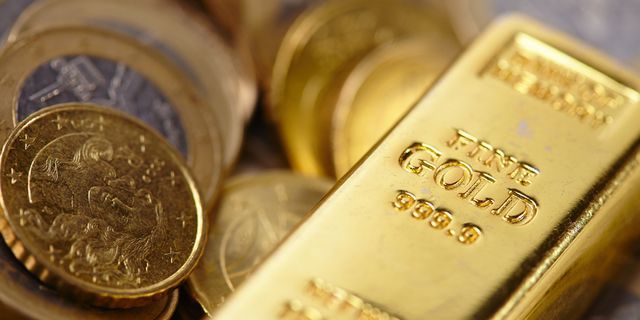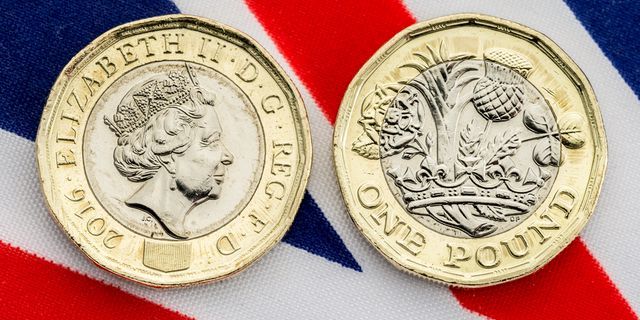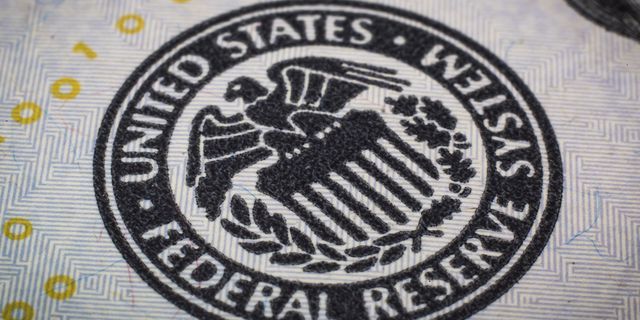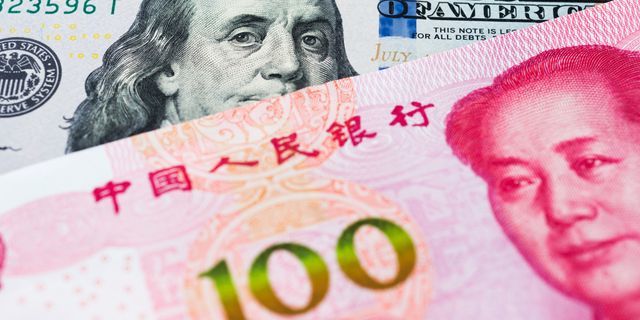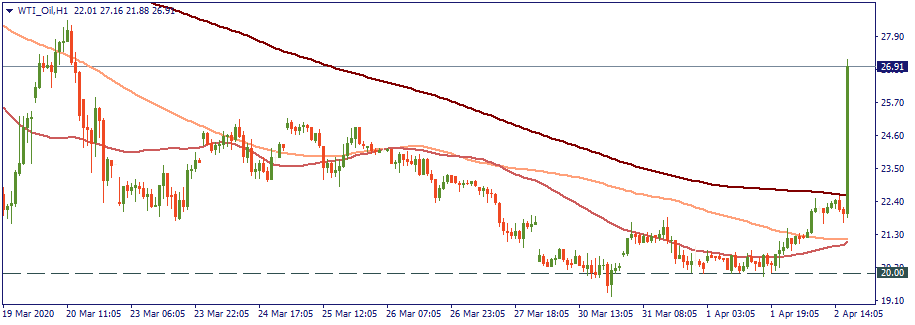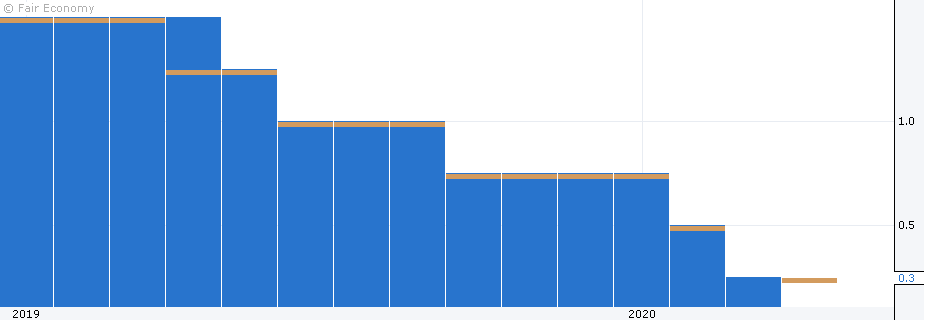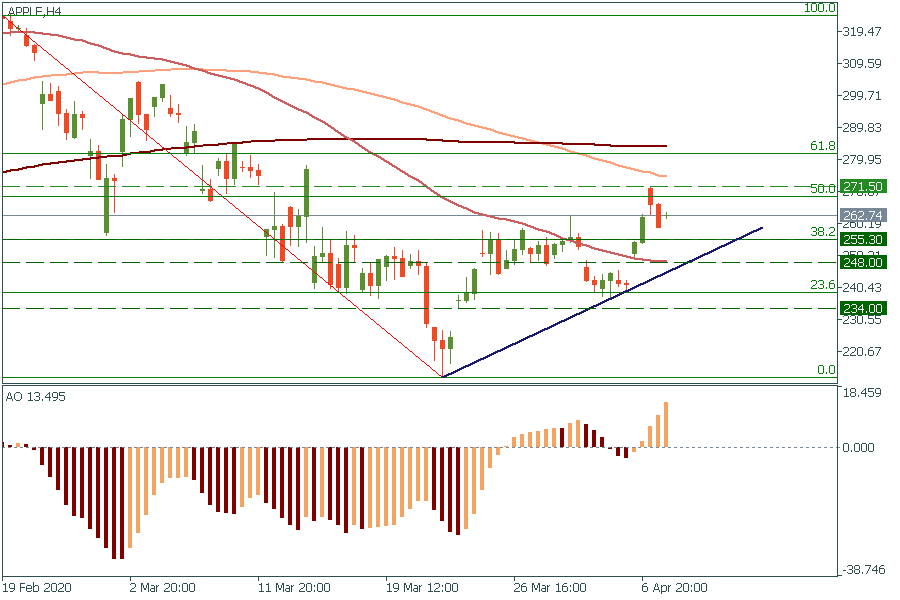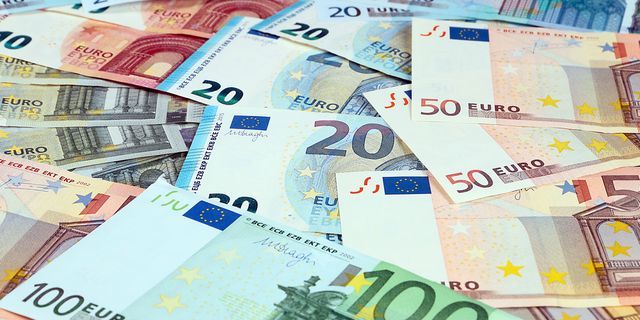The assets wrap: the best, the worst, and the most volatile
Check the charts: Updates on the best and the worst performing assets for the last week
24.02.2020
Another week was full of coronavirus fears, which moved the markets a lot. Let’s consider the best and the worst-performing assets as Monday’s session kicks in.
The best performers
Among the best-performing currency pairs, we need to highlight the USD/BRL pair. The USD strengthened against the Brazilian real by nearly 950 pips within one week, closing at the all-time-high of 4.3959. The poor Brazilian retail data published on Wednesday and the risk-off sentiment weakened the Brazilian real against the US dollar. If the pair reverses, it’s recommended to pay attention to the 4.3 level.
If you are a trader of major currency pairs, look at USD/JPY. The pair rose from the 109.85 level towards the resistance at 112.1. If the USD continues strengthening this week, bulls will break the 112.1 level and target the next resistance at 112.85. On the downside, there is a strong support level at 109.72.
Among commodities, the safe-haven gold, as well as palladium, was the main gainer. The price for gold rose from $1,582 to $1,584 last week and has opened with a gap up today, moving even higher to the $1,690 level. The next key resistance will be placed at the highs of November 2012 at $1,730. In case of a risk-on sentiment, wait for the reversal to $1,567.5.
As for palladium, the price for this metal jumped by $385.5 and reached an all-time high at $2,829. The key support level for bears lies at $2,247.
The worst performers
Of course, the Australian and the New Zealand dollars faced pressure amid the risk aversion. The AUD/USD pair was going down and tested the levels below the 0.6618. The next support for the pair lies at 0.6443. Bulls need to push the pair above the 0.6618 level in order to reach the 0.68 level faster.
The kiwi was down by 143 pips last week, moving lower t the support at 0.6284. If this level is broken, the next support will lie at 0.6155.
Also, GBP/USD was among the weakest pairs last week. It fell from the opening price of 1.3034 to the lows at 1.2848. The closest support lies at 1.2832. The next one will be placed at 1.2726. The upside momentum will be limited by the 1.3053 level.
The award for the most volatile pairs go also to exotics: USD/MXN and USD/TRY showed some sharp moves last week.
What will be the key movers this week?
Follow the news, check the economic calendar and watch the movement of the assets traded on our platform!



